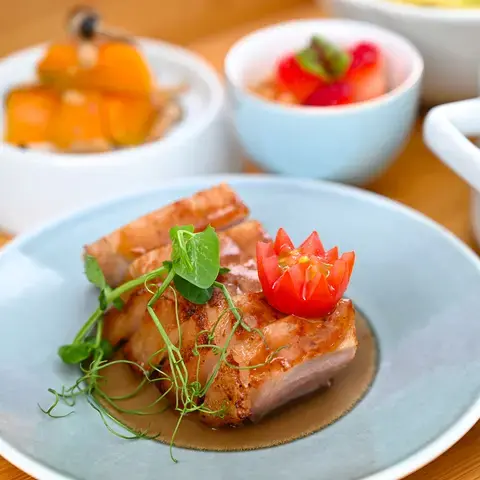The Chinese proverb “Heaven above, Suzhou and Hangzhou below” aptly sums up the allure of Hangzhou.
Likened to a paradise on earth, the capital of Zhejiang Province has long been a muse for poets, scholars and painters. Of late, the historic city known for the arts and its UNESCO-inscribed sites – the West Lake (or Xihu) and the Grand Canal – has also been dubbed China’s answer to Silicon Valley, with a clutch of China’s biggest technology companies making the eastern Zhejiang city their home.
Located just a stone’s throw from Shanghai (40 minutes by high-speed train or a two-hour drive), the one-time capital of the Southern Song Dynasty (1127 to 1279) is one of the country’s most connected cities with direct links to Beijing, Nanjing and Changsha, amongst others. It also boasts the world’s largest public bike sharing system with over 3000 renting stations, making biking a remarkably convenient way to navigate the city.
Despite its rapid urban development, Hangzhou’s postcard-perfect beauty remains a draw, with its natural landscape beautifully juxtaposed with modern and cutting-edge architecture.
To explore the host city of the 2023 Asian Games in its entirety will require more than 24 hours but here are some essential stops.














